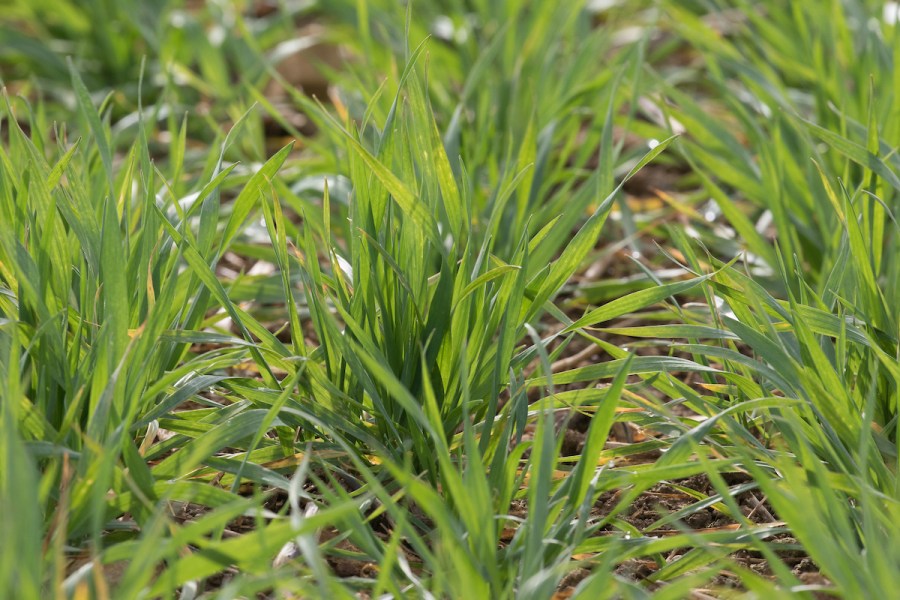Though spring cereals are often used as a remedy to some of the most yield-robbing weeds associated with winter cropping, they too bring their own challenges.
“There have been weeds in spring cereals that have repeatedly caused farmers and agronomists headaches over the years,” says Daniel Macdonald, agronomy manager at Nufarm. “These include species such as corn marigold, vetches, ALS-resistant chickweed and mayweeds, to name a few.
“On top of usual pressures, with the onset of rain over recent days, it’s likely that growers will see a huge flush of weeds in the coming weeks.
“In addition, fat hen is a likely problem weed in a dry spring, which could cause further issues.
So what’s the solution?
Using a mix of herbicides to maximise resistance control is an important factor to consider, says Daniel.
“Sulfonylurea herbicides combined with phenoxies can provide thorough control of problem weeds while minimising resistance issues.
“ALS resistance management ought to be a key consideration in any programme – it’s really important to think about using different, but complimentary, modes of actions.”
To help growers prepare for what lies ahead, Nufarm has put together a guide covering some of the key challenges and solutions to different weed burdens this spring.
“As an example of this, and in the case of weed control in spring barley and spring oats, one option would be to apply 20g/ha Paramount Max (tribenuron-methyl+ florasulam) plus 1 l/ha Duplosan KV (mecoprop-p),” says Daniel.
“This covers a broad spectrum of weeds, providing activity against brassicae, knotgrass, corn marigold, mayweeds, speedwell, fat hen and chickweed.
“This mix is particularly crop-friendly, even in oats, and has the potential to be a really effective solution this spring – in terms of both efficacy and financially.”
For more solutions to different weed challenges in spring cereal crops, check out Nufarm’s latest guide: https://cdn.nufarm.com/wp-content/uploads/sites/9/sites/26/2021/02/22091435/Nufarm-Spring-Cereals-2021.pdf




